By Sarah Nicastro, Founder and Editor in Chief, Future of Field Service
I think last year was the first I compiled an article like this, and I really enjoyed the exercise of reflecting on all that’s happened over twelve months that have often felt like a blur. As 2025 ends, I can think back on a year full of both wins and challenges, laughs and tears, growth and missteps, happiness and hard moments – but more than anything, looking back makes me feel so grateful. To have to get selective about narrowing a “favorite moments” list? What a privilege.
Here I’m sharing my five favorite professional moments and my five favorite personal moments. I feel compelled to share both, because they are interwoven in so many ways. My family supports me in my work; they hear stories of my travels or of the amazing people I get to meet. Many in my professional network are also friends – they know me beyond what I “do,” and my work is a part of who I am.
I hope you also make an opportunity to look back over the last year and reflect on whatever your favorite moments have been. It’s so easy in the day-to-day grind to keep forging ahead, on to the next thing – but there’s a lot of value in reflecting. So, without further ado, here are some of my favorite moments of 2025!
5 Professional Highlights
Being named an HDI Top 25 Thought Leader of 2025
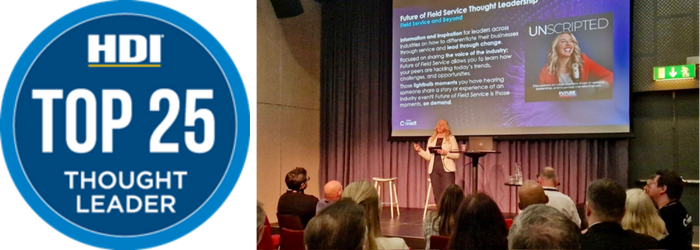
I’m not someone who gets caught up on awards and accolades; this was truly unexpected. To be nominated for being “insightful, impactful, unique, and an indispensable voice,” meant so much to me. My goal is always to be of service to my community – to create content, connections, and relationships that are helpful and uplifting.
Delivering a keynote at Field Service Palm Springs with Clinten van der Merwe of TOMRA
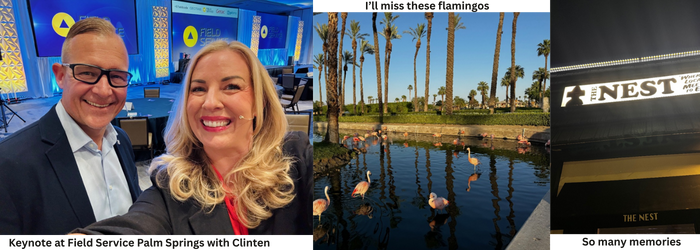
This experience had all of the right ingredients to make it a favorite moment of 2025! I truly appreciate Clinten’s perspective and approach to service leadership and was honored to share the stage with him. Field Service Palm Springs (now Next West!) is an event I look forward to every year. And, since this was the last year the event was taking place in Palm Springs, we had to take a last trip to The Nest! #iykyk
IFS Connects + Future of Field Service Meet-Ups in Stockholm (May) and Nashville (June)

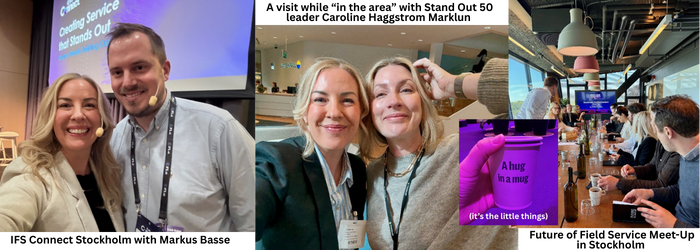
While we took 2025 off from our Future of Field Service Live Tour events, I had the opportunity to speak at both IFS Connect Stockholm and Nashville – as well as hosting Future of Field Service gatherings in both cities. It’s always an honor to help customers share their stories at events – in Stockholm, I spoke alongside Markus Basse of Alfa Laval, and in Nashville, I shared the stage with Dan Basile of TOMRA. (Realized in Nashville the venue was about three blocks from Third Man Records, so I took a quick walk over – I’m a huge White Stripes/Jack White fan). In 2026, be on the lookout for the more traditional Future of Field Service events – and check out the schedule for IFS Connects and IFS Unleashed!
Announcing and celebrating the Future of Field Service Stand Out 50 Leaders of 2025
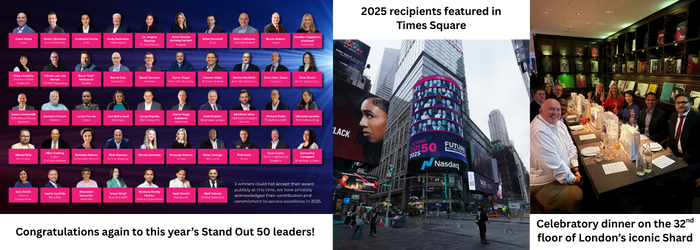
We saw such a great response in year two of the Stand Out awards! I was so grateful to be joined for judging by Ged Cranny, retired from Konica Minolta; Roy Dockery of TSIA; and Maureen Azzatto of WBR Field Service. We had our work cut out for us in selecting this year’s recipients, but what fulfilling work it is. We announced this year’s Stand Out 50 via livestream from the brand-new studio in the IFS Staines office, which was both nerve-wracking (it’s live – what could go wrong?!) and really fun. That evening, we hosted a group of winners for a celebratory dinner at London’s iconic Shard. Stand Out takes an incredible amount of time, energy, and effort (huge thank you not only to the judges but to Charlotte Notman and Sydney Lofthouse for all their hard work and support!) but it is so, so worth it.
Working on a brand-new platform, Future of Assets
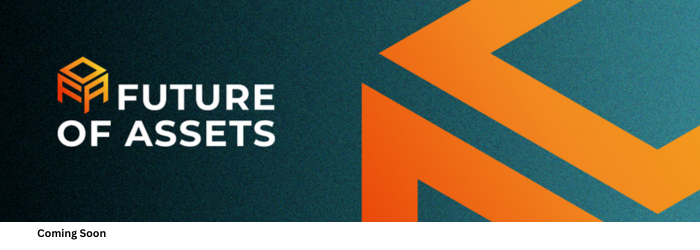
The last “moment” on my list is really a collection of many moments that will culminate in a new thought leadership platform in 2026. Throughout 2025 I’ve been mentoring and working alongside Berend Booms and in the New Year, those efforts will come to life in the form of Future of Assets – a resource modeled after Future of Field Service for leaders responsible for asset management and maintenance operations. I’ve really enjoyed the work we’ve done behind-the-scenes and am excited to see it take shape in 2026 – stay tuned!
5 Personal Highlights
Family trip to Costa Rica

I’ve shared before my love of travel. I grew up in a small town and didn’t step foot on an airplane until I was a junior in college; my dad is 65 and still has never flown. While there’s nothing wrong with that, I simply love to explore and soak in new places, experiences, and cultures. This April we took our sons to Costa Rica, splitting our trip between Manuel Antonio and La Fortuna. Costa Rica is beautiful, and I was very grateful to be able to share the experience with my children – to see their awe watching wildlife, to witness them work through how to interact with a business owner speaking in Spanish, and to try new foods, among other things. My younger son even went zip-lining with my husband!
Prioritizing “me” time during a retreat in May in Santa Fe

Between work travel and family travel, taking a solo trip can feel impossible to fit in and/or selfish. But I’m learning the truth in what they say – that self-care is never selfish. In May, I attended a retreat at MEA in Santa Fe. It was challenging, enlightening, nurturing, and oh-so-needed. I’m proud of myself for not giving in to the inclination to skip over my needs and to invest in my own growth.
My younger son’s first baseball season

With boys only 16 months apart, my younger son sometimes struggles to find his own identity. This Spring he wanted to try baseball for the first time, and he quickly fell in love. It was such a joy to witness! I was so proud of how he stepped out of his comfort zone and poured himself into learning something new – and to see how much he enjoyed the experience filled my heart. He had a fantastic coach – the kind that leave a lasting impact. It was a wonderful experience all the way around.
My older son turning 10

This one is bittersweet for sure. I’m still having a hard time reconciling the fact that my “baby” is ten. I feel like I blinked and he went from Daniel Tiger-loving toddler who refused to give up a binkie to 4’10” sassy sports lover. It tugs at my heart strings realizing how many moments have already become memories, and how quickly the years are flying by. At the same time, he brings such joy to my life and it’s an honor to watch him grow. I’m proud of how he handles having Type 1 diabetes – he sets an example to follow in the power of a positive mindset.
Swimming with otters

This experience was gifted to me for my birthday by my son’s nurse (who is like my second mom). I love otters – I think they are adorable. But the fact that she had not only noted that but found this interactive experience within a few hours of where we live meant so much to me. Not only was it one of the most thoughtful gifts I’ve received, it was SO COOL! I had so much fun swimming with these two – Harbor and Cove. An hour of nothing but fun, cuteness, and feeling really loved.
I hope you, too, take the time to look back on 2025 and consider what you’ve achieved, what you’ve learned from the moments that have pushed you, what you’re grateful for, and what you want to focus on creating more of in 2026. Wishing you a wonderful end to 2025 and a happy, healthy start to the New Year!